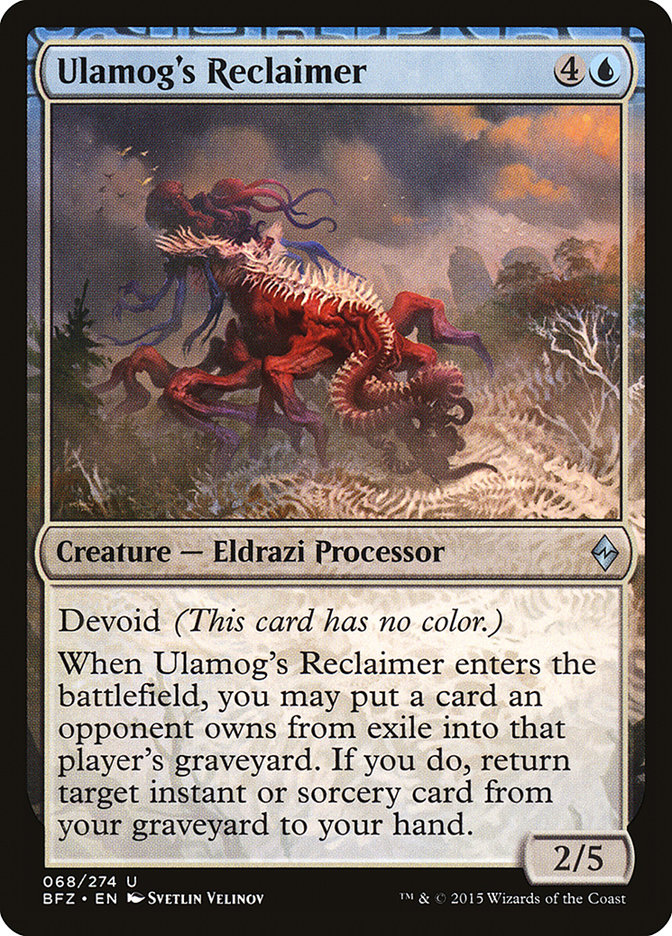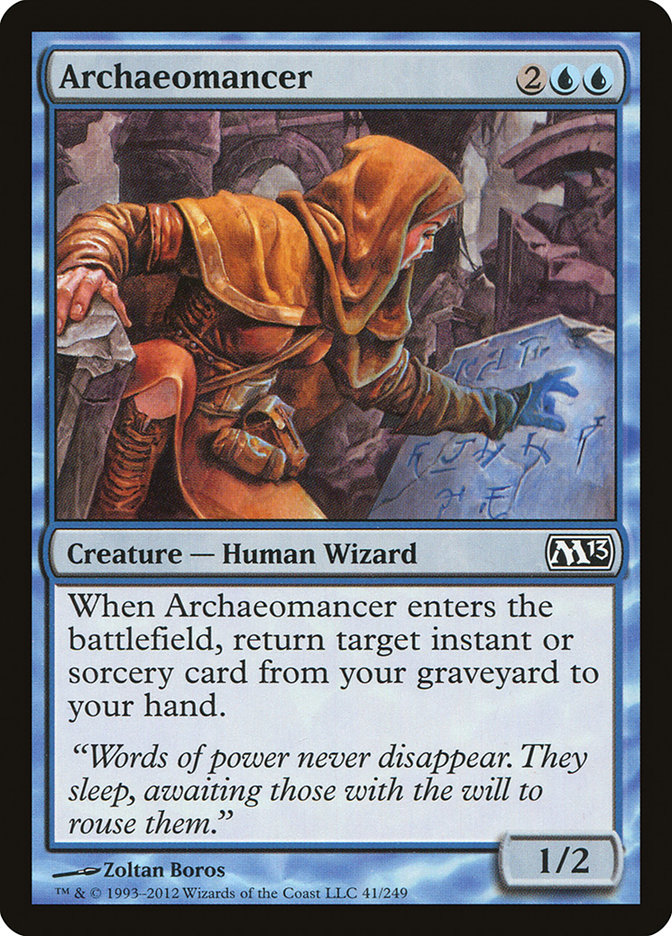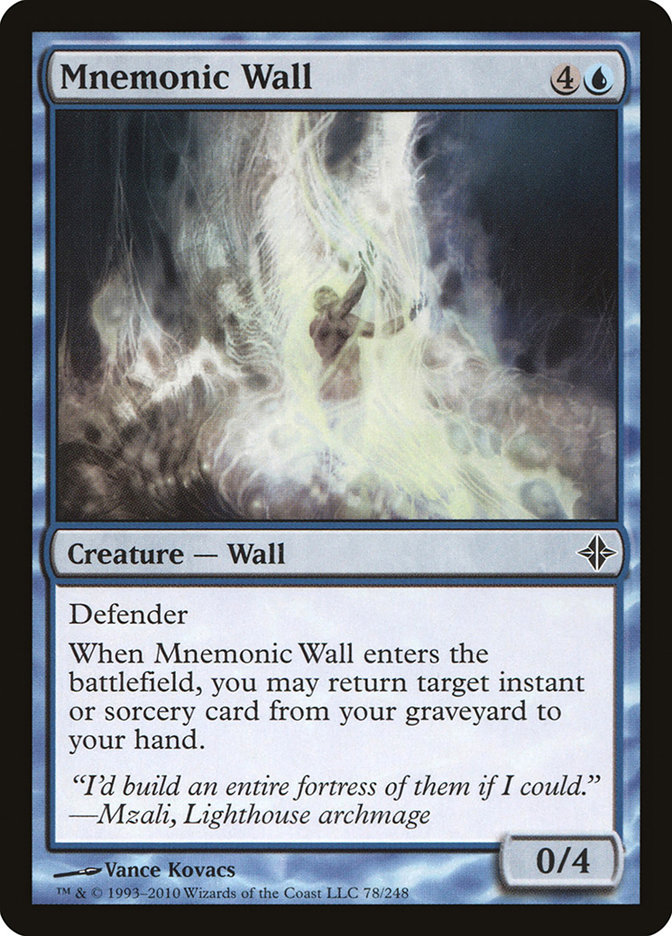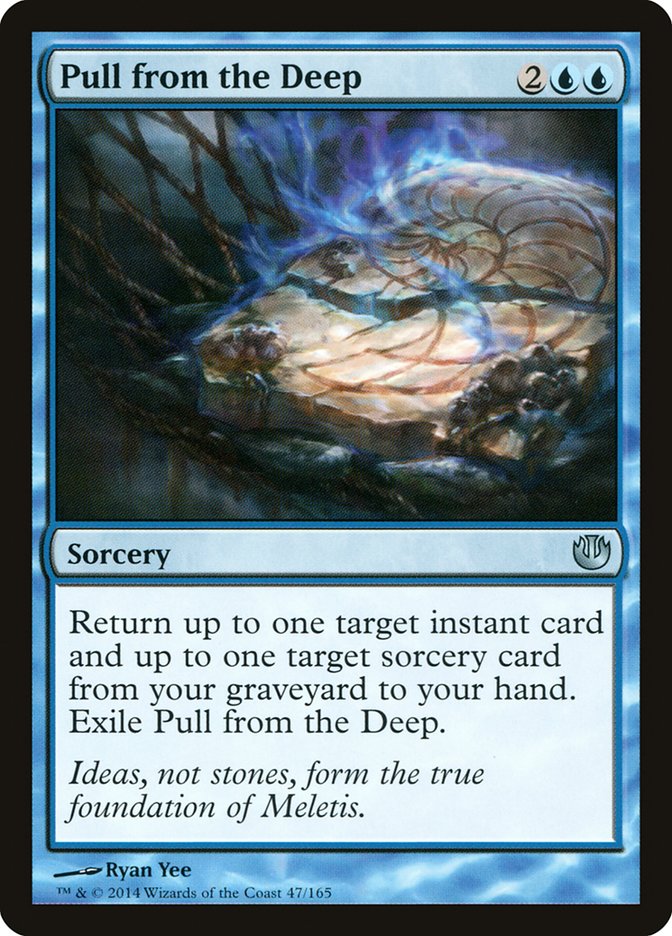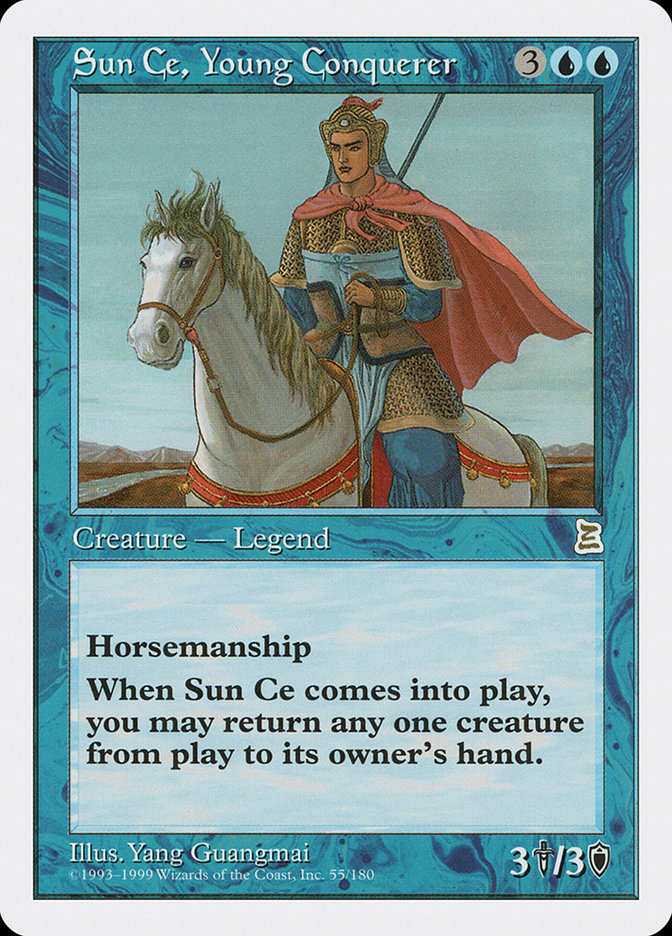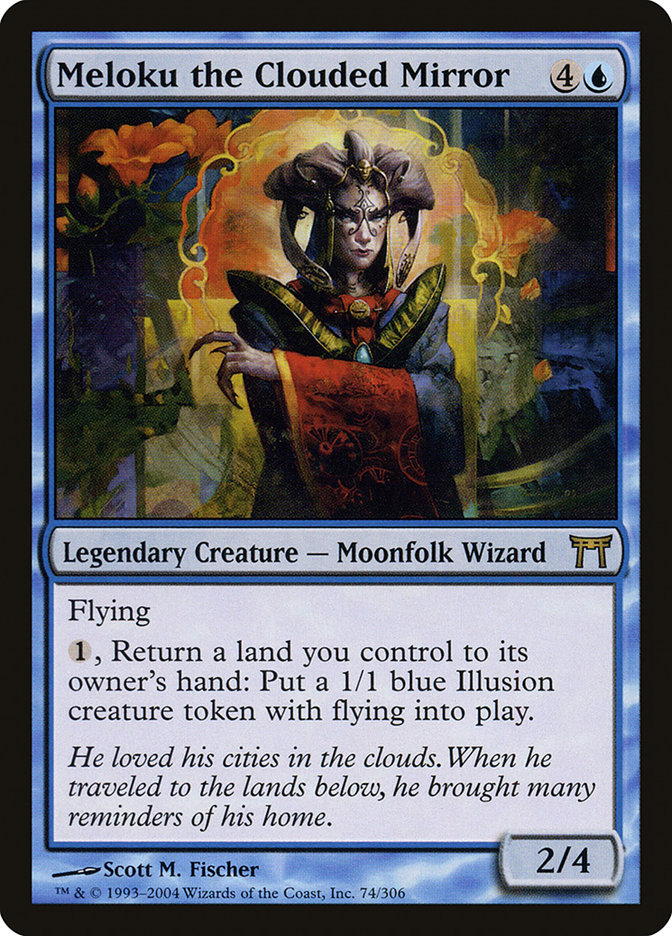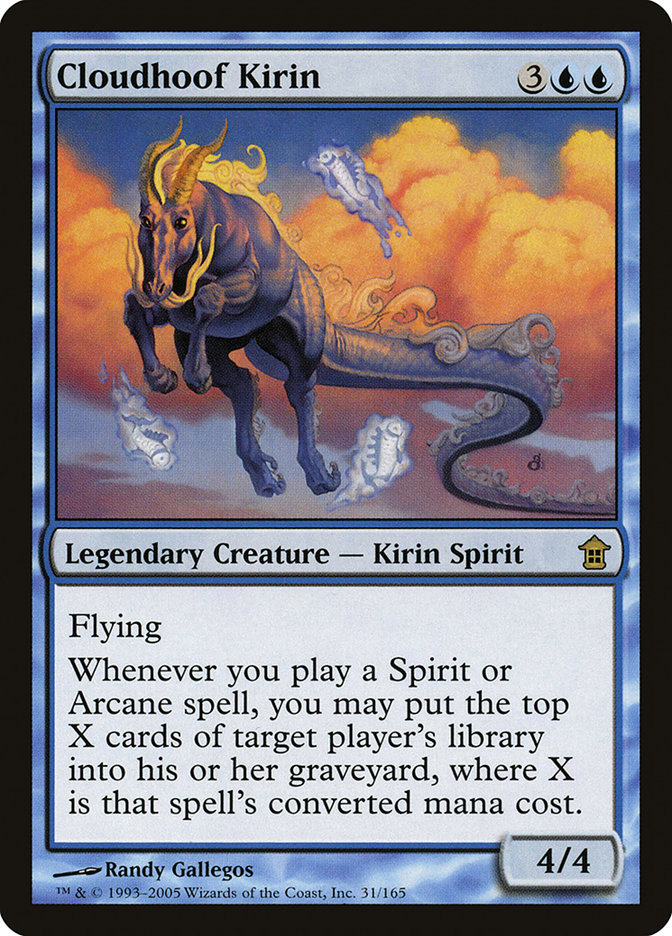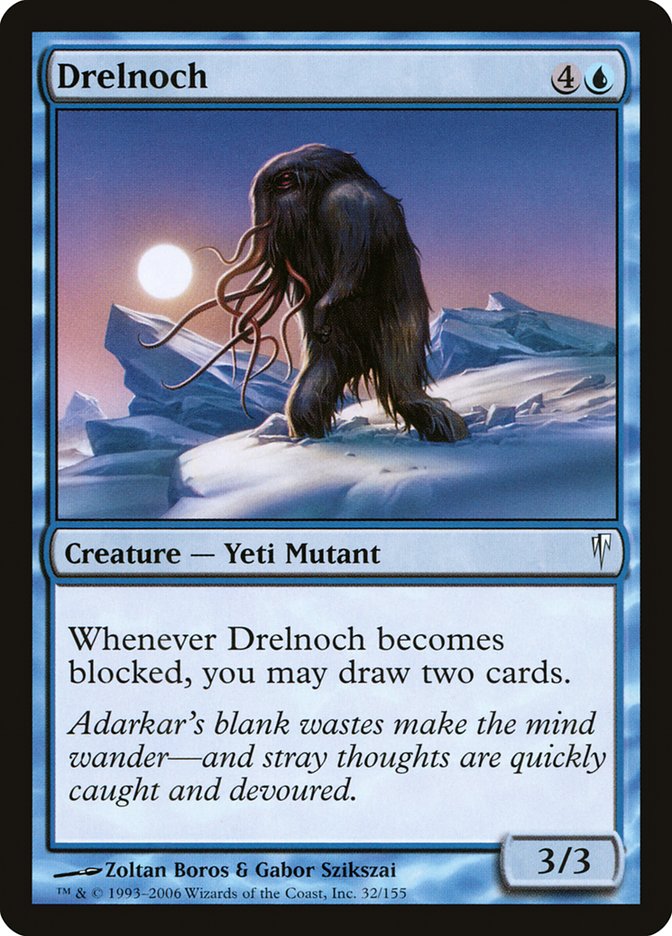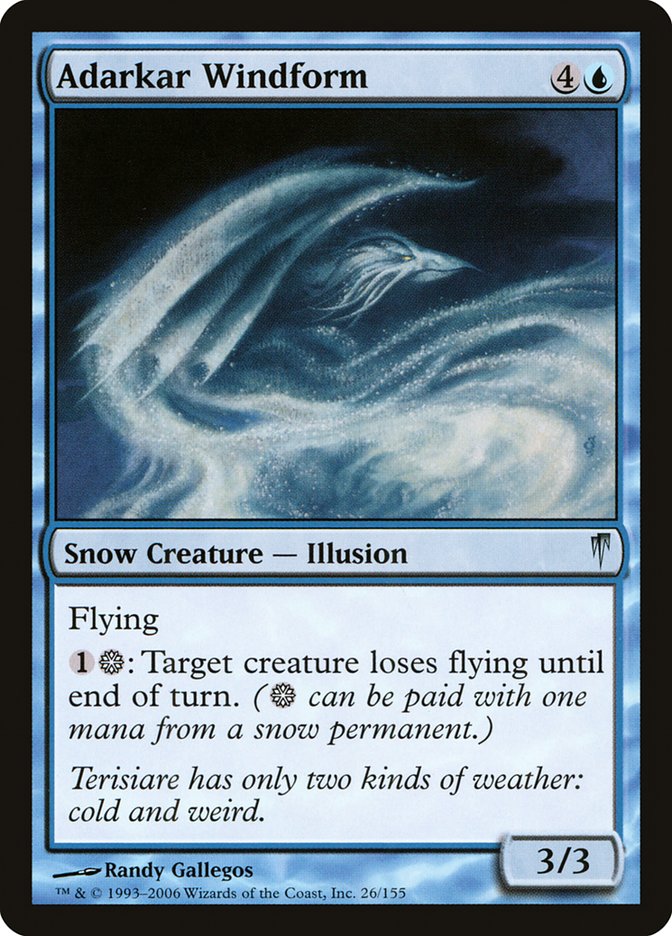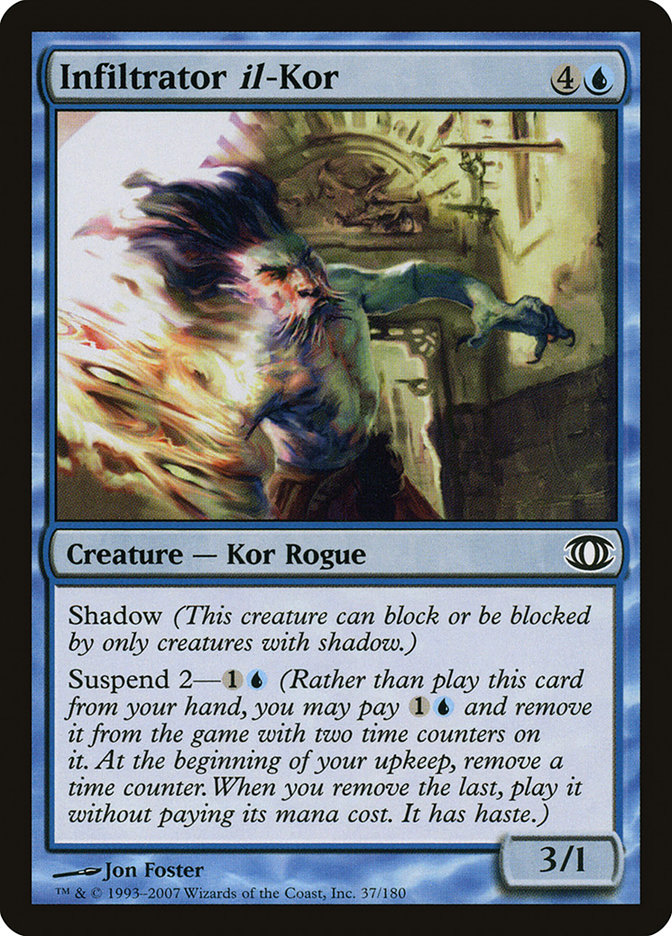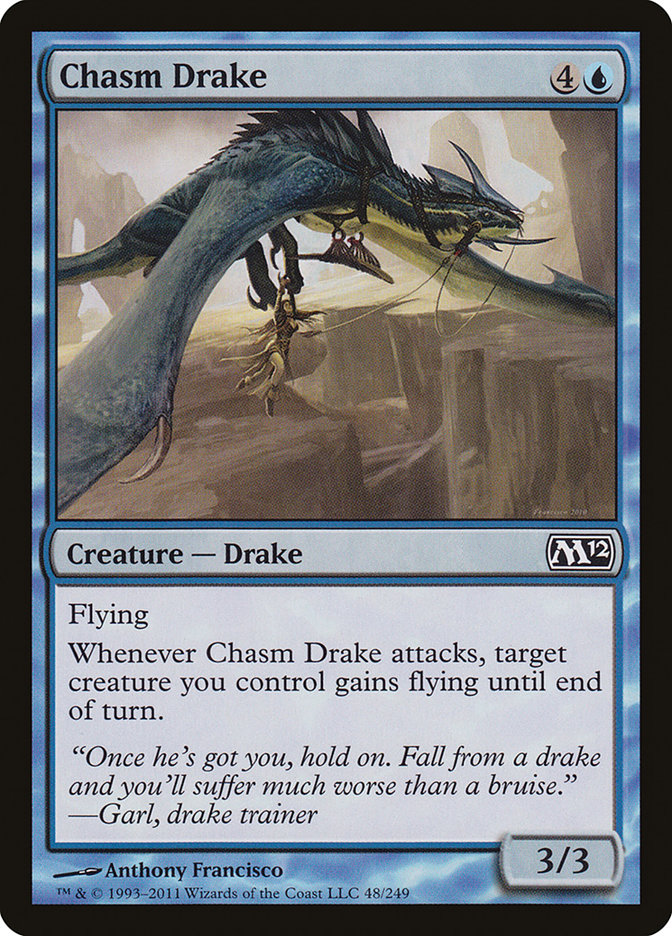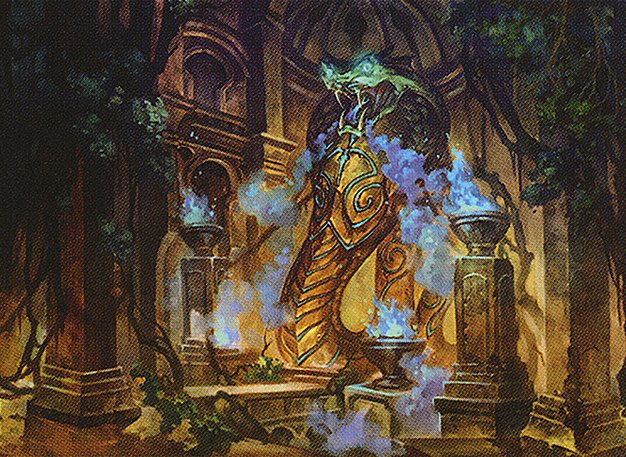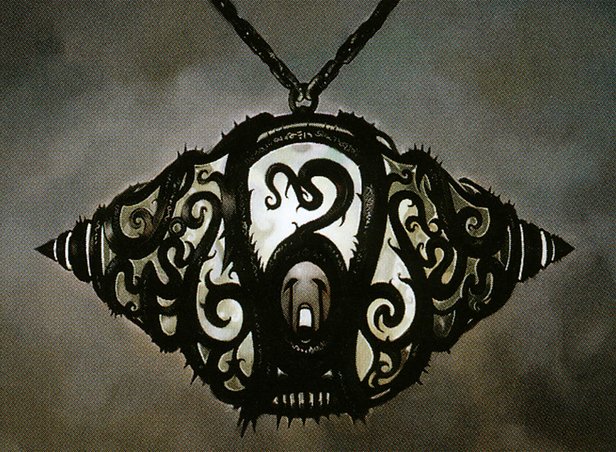Ulamog's Reclaimer MTG Card
| Mana cost | |
| Converted mana cost | 5 |
| Rarity | Uncommon |
| Type | Creature — Eldrazi Processor |
| Abilities | Devoid |
| Released | 2015-10-02 |
| Set symbol | |
| Set name | Battle for Zendikar |
| Set code | BFZ |
| Power | 2 |
| Toughness | 5 |
| Number | 68 |
| Frame | 2015 |
| Layout | Normal |
| Border | Black |
| Illustred by | Svetlin Velinov |
Key Takeaways
- Grants repeated spell access, enhancing your strategic options through continuous graveyard retrieval.
- Instant speed utility allows for dynamic play and surprise interactions during crucial game phases.
- Demands a thoughtful approach to deck design, balancing its powerful ability against its casting cost and constraints.
Text of card
Devoid (This card has no color.) When Ulamog's Reclaimer enters the battlefield, you may put a card an opponent owns from exile into that player's graveyard. If you do, return target instant or sorcery card from your graveyard to your hand.
Card Pros
Card Advantage: Ulamog’s Reclaimer enables you to recurrently retrieve critical spells from your graveyard, effectively expanding your hand and providing a steady flow of resources throughout the game.
Resource Acceleration: This imposing creature can accelerate your gameplay by allowing you to cast expensive spells earlier than usual, thanks to its ability to recast spells with potentially high mana costs from the graveyard.
Instant Speed: The capability to use Ulamog’s Reclaimer’s ability at instant speed gives you the flexibility to adapt to changing game states, protect key pieces, or disrupt opponents’ strategies at pivotal moments.
Card Cons
Discard Requirement: Ulamog’s Reclaimer demands that you exile two cards from your graveyard to activate its ability. This prerequisite can be taxing on your hand, particularly in strategies where your graveyard serves a crucial role or isn’t stocked quickly enough to sustain repeated uses.
Specific Mana Requirement: The colorless mana in Ulamog’s Reclaimer’s mana cost necessitates that your deck can reliably produce colorless mana, which can complicate the deck-building process and limit its integration into various archetypes.
Comparatively High Mana Cost: The five-mana investment for a 2/3 creature with the described ability may deter some players, as there are alternative creatures and spells at this mana tier that could offer more immediate impact or value on the battlefield.
Reasons to Include in Your Collection
Versatility: Ulamog’s Reclaimer can be a fitting addition to numerous deck types. It excels in strategies that benefit from its ability to retrieve vital sorceries and instants from the graveyard, ensuring repeated utility from your most impactful cards.
Combo Potential: This creature’s ability to cast exiled cards offers synergies with various graveyard and exile manipulation themes. Integrating it with setups that incidentally exile cards can unlock new levels of strategic depth and interaction.
Meta-Relevance: In an environment where key spells can determine the outcome of a game, Ulamog’s Reclaimer holds its ground by consistently providing access to those spells. It can significantly influence matches where persistence and the recycling of resources are paramount.
How to Beat Ulamog’s Reclaimer
Countering Ulamog’s Reclaimer requires both strategic planning and timely execution in your MTG gameplay. As a formidable creature card known for its ability to bring back powerful instants or sorcery cards from the graveyard, cutting off its potential early is essential. This means keeping graveyard interaction to a minimum or employing graveyard hate cards like Rest in Peace or Tormod’s Crypt to neutralize its recursion ability.
Direct removal spells are also highly effective against Ulamog’s Reclaimer. Cards with exile effects, such as Path to Exile or Swords to Plowshares, can make sure it doesn’t get a chance to use its abilities. Additionally, since Ulamog’s Reclaimer requires a trigger to make use of its effect, instant-speed removal in response to the trigger can ensure that your opponent doesn’t gain the upper hand.
Another tip is to take advantage of the Reclaimer’s casting cost and conditions. Being a late-game card, you can maintain pressure with an aggressive early game to keep your opponent on the back foot. This way, you can potentially close out the game before Ulamog’s Reclaimer can make an impactful return from the graveyard, showcasing the importance of tempo in your overall strategy.
Cards like Ulamog's Reclaimer
Ulamog’s Reclaimer stands out in the realm of recursion mechanics, as it allows the player to cast an instant or sorcery card from their graveyard. This powerful ability is reminiscent of cards like Archaeomancer, which also returns an instant or sorcery card from the graveyard to its owner’s hand, albeit without the casting bonus. By circumventing the reclamation to hand and instead permitting a direct cast, Ulamog’s Reclaimer provides a smooth flow of game mechanics and potential board impact.
Then there is Mnemonic Wall, a creature that delivers a comparable ability to that of the Reclaimer. It too recovers an instant or sorcery upon entering the battlefield. However, the wall is just that—a defense mechanism without the added advantage of facilitating a re-cast like the Reclaimer does. Lastly, we must consider an alternative like Pull from the Deep. This spell can dredge up two cards—a sorcery and an instant—but places them into your hand rather than allowing a direct cast, distinguishing Ulamog’s Reclaimer’s immediate action from the slower, hand-based recovery.
Overall, Ulamog’s Reclaimer offers a unique blend of graveyard interaction and on-the-spot spellcasting that positions it as a potent force within Magic: The Gathering, enhancing strategies that capitalize on recurring value from the graveyard.
Cards similar to Ulamog's Reclaimer by color, type and mana cost
Where to buy
If you're looking to purchase Ulamog's Reclaimer MTG card by a specific set like Battle for Zendikar, there are several reliable options to consider. One of the primary sources is your local game store, where you can often find booster packs, individual cards, and preconstructed decks from current and some past sets. They often offer the added benefit of a community where you can trade with other players.
For a broader inventory, particularly of older sets, online marketplaces like TCGPlayer, Card Kingdom and Card Market offer extensive selections and allow you to search for cards from specific sets. Larger e-commerce platforms like eBay and Amazon also have listings from various sellers, which can be a good place to look for sealed product and rare finds.
Additionally, Magic’s official site often has a store locator and retailer lists for finding Wizards of the Coast licensed products. Remember to check for authenticity and the condition of the cards when purchasing, especially from individual sellers on larger marketplaces.
Below is a list of some store websites where you can buy the Ulamog's Reclaimer and other MTG cards:
- eBay
- TCG Player
- Card Kingdom
- Card Market
- Star City Games
- CoolStuffInc
- MTG Mint Card
- Hareruya
- Troll and Toad
- ABU Games
- Card Hoarder Magic Online
- MTGO Traders Magic Online
See MTG Products
Legalities
Magic the Gathering formats where Ulamog's Reclaimer has restrictions
| Format | Legality |
|---|---|
| Commander | Legal |
| Legacy | Legal |
| Paupercommander | Restricted |
| Modern | Legal |
| Oathbreaker | Legal |
| Vintage | Legal |
| Duel | Legal |
| Pioneer | Legal |
Rules and information
The reference guide for Magic: The Gathering Ulamog's Reclaimer card rulings provides official rulings, any errata issued, as well as a record of all the functional modifications that have occurred.
| Date | Text |
|---|---|
| 2015-08-25 | A card with devoid is just colorless. It’s not colorless and the colors of mana in its mana cost. |
| 2015-08-25 | Cards with devoid use frames that are variations of the transparent frame traditionally used for Eldrazi. The top part of the card features some color over a background based on the texture of the hedrons that once imprisoned the Eldrazi. This coloration is intended to aid deckbuilding and game play. |
| 2015-08-25 | Devoid works in all zones, not just on the battlefield. |
| 2015-08-25 | Face-down cards in exile are grouped using two criteria: what caused them to be exiled face down and when they were exiled face down. If you want to put a face-down card in exile into its owner’s graveyard, you must first choose one of these groups and then choose a card from within that group at random. For example, say an artifact causes your opponent to exile their hand of three cards face down. Then on a later turn, that artifact causes your opponent to exile another two cards face down. If you use Wasteland Strangler to put one of those cards into their graveyard, you would pick the first or second pile and put a card chosen at random from that pile into the graveyard. |
| 2015-08-25 | If a card loses devoid, it will still be colorless. This is because effects that change an object’s color (like the one created by devoid) are considered before the object loses devoid. |
| 2015-08-25 | If a replacement effect will cause cards that would be put into a graveyard from anywhere to be exiled instead (such as the one created by Anafenza, the Foremost), you can still put an exiled card into its opponent’s graveyard. The card becomes a new object and remains in exile. In this situation, you can’t use a single exiled card if required to put more than one exiled card into the graveyard. Conversely, you could use the same card in this situation if two separate spells or abilities each required you to put a single exiled card into its owner’s graveyard. |
| 2015-08-25 | If a spell or ability requires that you put more than one exiled card into the graveyard, you may choose cards owned by different opponents. Each card chosen will be put into its owner’s graveyard. |
| 2015-08-25 | Other cards and abilities can give a card with devoid color. If that happens, it’s just the new color, not that color and colorless. |
| 2015-08-25 | You can’t look at face-down cards in exile unless an effect allows you to. |
